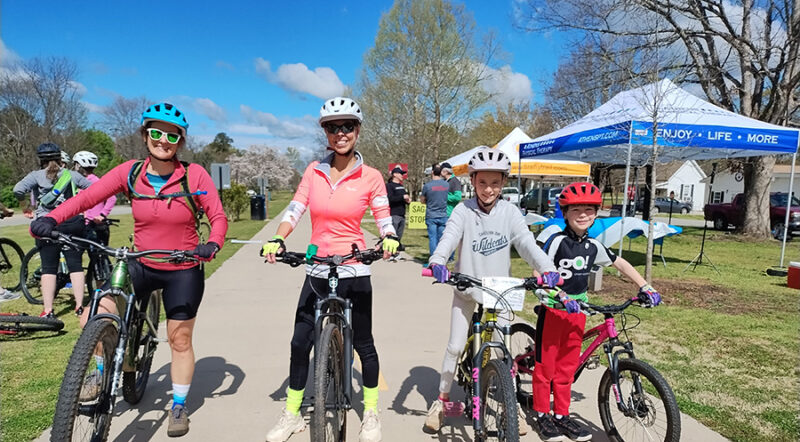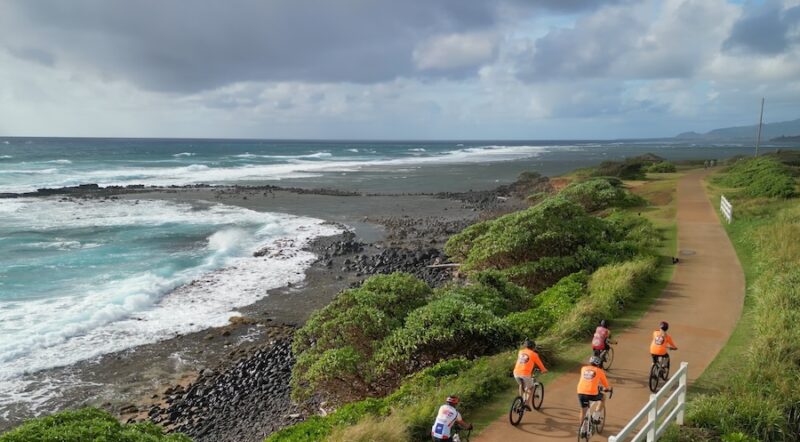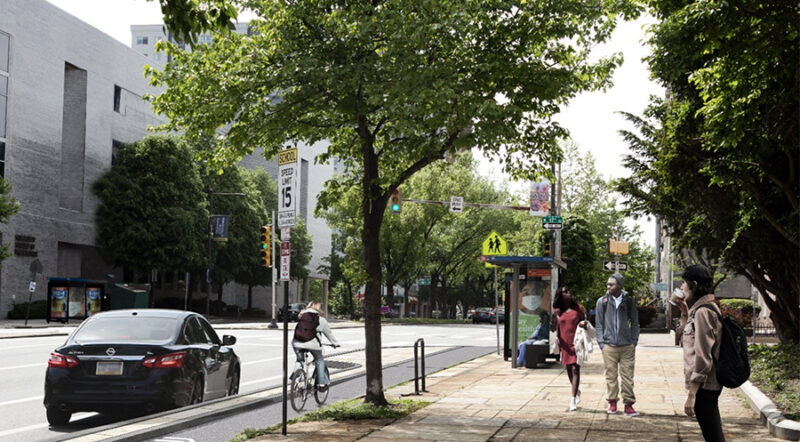Analysis of Nation’s Largest Funding Source for Active Transportation Finds Progress Amidst Overwhelming Demand
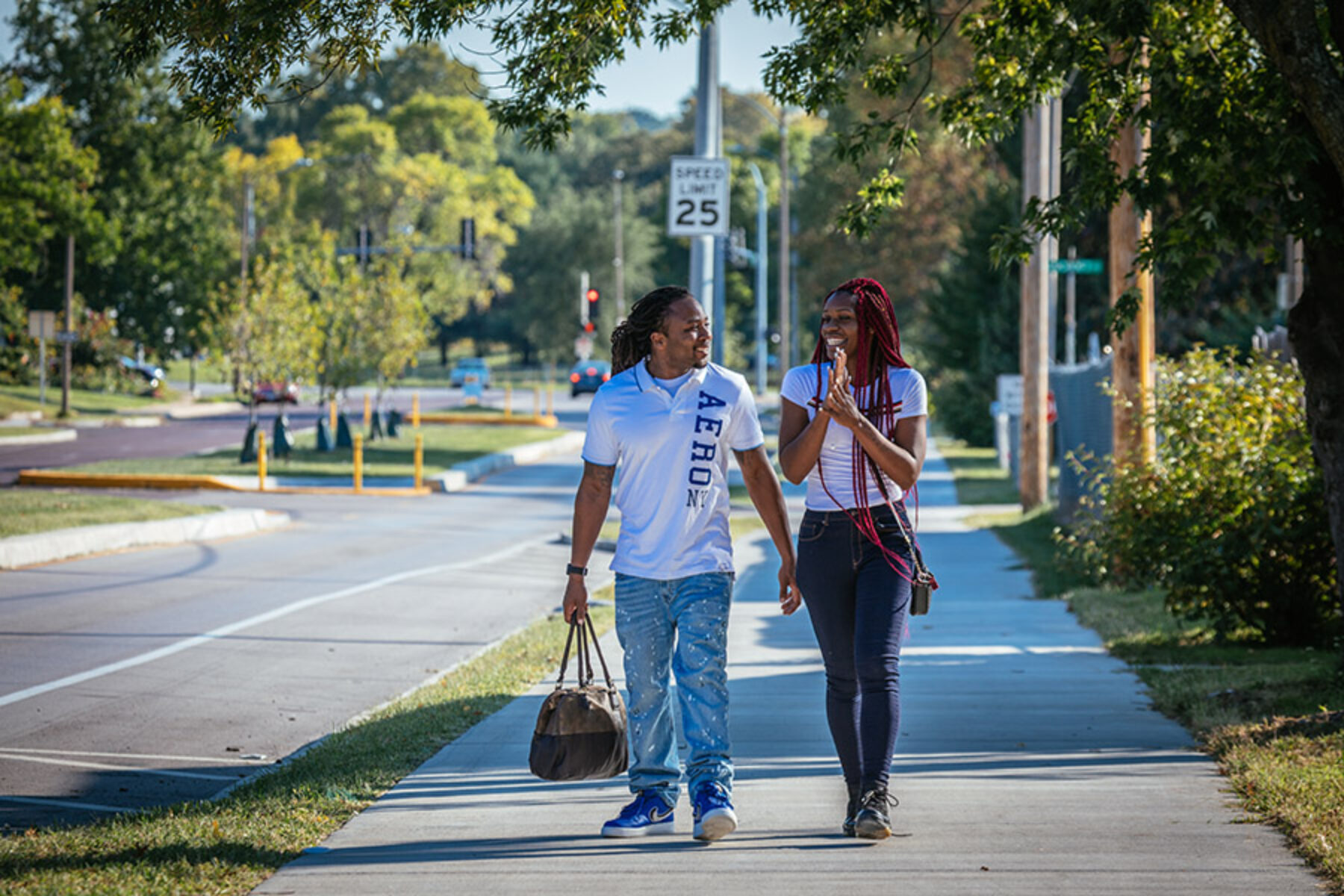
Rails to Trails Conservancy’s most recent edition of the Transportation Alternatives Data Exchange (TrADE) digs into the second funding cycle for the Transportation Alternatives (TA) program since the passage of the Bipartisan Infrastructure Law (BIL). The law increased funding for the TA program significantly, by an average of 70% over five years, and included policy changes to strengthen program implementation. BIL maximized the program’s potential and created new opportunities for this vital funding to advance the connectivity of safe walking and biking routes in rural, suburban and urban areas nationwide.
RTC’s analysis for fiscal year (FY) 2023 found that many states are taking advantage of increased program funding, and some are taking it even further, implementing thoughtful policy reforms that are helping to fund more projects, with a sharper focus on equity and safety. In urban and suburban areas, there is burgeoning demand for safe routes to walk and bicycle, combining off-street multiuse trails and improved street designs to enable people to get where they are going safely and conveniently. Rural communities are seeking more investment in multiuse trails and other walking and biking facilities that improve economic vitality and health outcomes. Across the board, many states are making significant progress in addressing a backlog of active transportation projects.
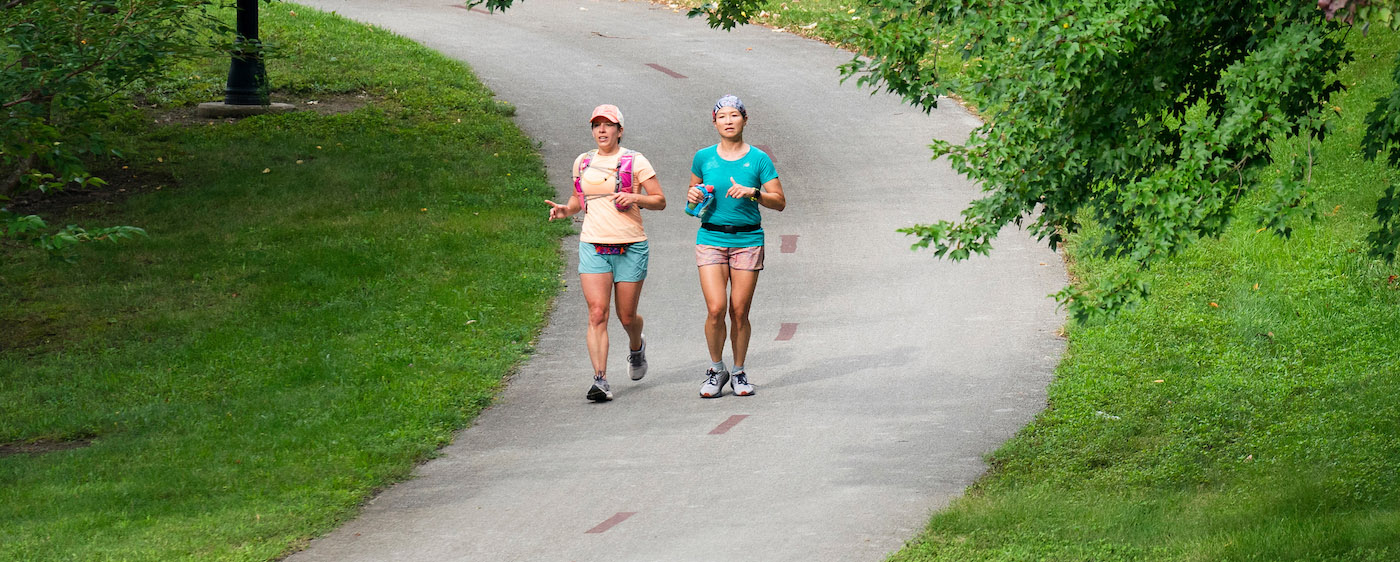
A Snapshot of Progress and Opportunity
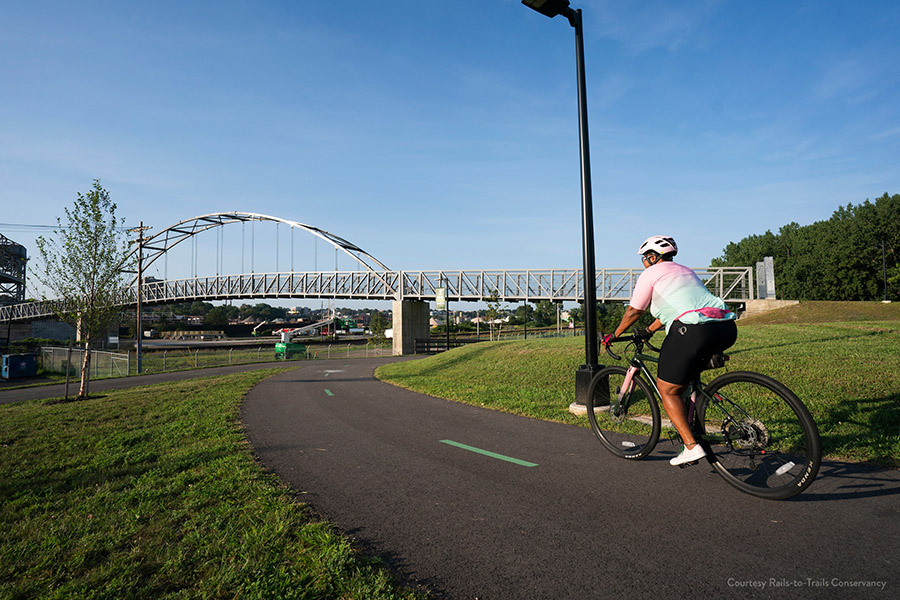
A total of $1.33 billion was apportioned to the states for the TA program in FY 2023, in contrast to $1.3 billion in FY 2022.
This year’s TrADE report—released this week and covering FYs 1992–2023—examines states that serve as role models for TA implementation. The report also looks at areas where there is more work to do to realize the potential of the TA program and to address tens of billions of dollars in unmet demand for connected active-transportation infrastructure across the country.
A total of $1.33 billion was apportioned to the states for the TA program in FY 2023, in contrast to $1.3 billion in FY 2022. Despite the increase in overall apportionment through BIL, the available funds are not keeping up with the demand. Demand continues to outpace availability roughly 2 to 1.
Obligation rates were 62% of apportioned funds, up from 60% in FY 2022. While obligation rates are increasing, this rate is still lower than the long-term obligation average of 70%. Looking ahead, we are focused on increasing TA obligation rates, as we know that the project pipeline nationally far outpaces the available funds, and limits on transfers and other changes to the program should put more pressure on states to prioritize these investments. States’ efforts should focus on increasing the obligation rate to meet demand and ensure that funds do not lapse.
With TA funds increasing by an average of 70% over the five-year period of BIL, states have increased award size. As of FY 2023, the average federal project award was $1.41 million, ranging from $207,096 in Alabama to $5.64 million in Connecticut. The average federal project award has grown significantly in recent years. The FY 2023 average award is up from $776,381 in FY 2021 and $421,319 nationwide in FY 2019. With larger project awards, we are seeing more strategic projects that better advance key objectives, such as connecting people to routine destinations. Approximately $548 million of TE/TA/TASA funds were reimbursed in FY 2023, marking the completion of projects and the return of up-front funds to local communities.
Definitions and Terms
Transportation Enhancements (TE): The first dedicated source of federal funding for walking and biking
Transportation Alternatives Program (TAP): The next iteration of Transportation Enhancements, in 2012
Transportation Alternatives Set-Aside (TASA): The next iteration of funding after TAP, in 2015
Apportionment: The first step in the funding process, where funds are distributed across the country. The Federal Highway Administration (FHWA) apportions funds to each state, as determined by a formula in the federal legislation. Under the Bipartisan Infrastructure Law (BIL), 59% is suballocated to areas within a state, based on population.
Allocations: The amounts of funds assigned to projects
Obligation Rates: Where the Federal Highway Administration (FHWA) commits to reimburse states for the federal share of the project cost
Addressing Barriers to Safety and Equity

More states are placing a greater emphasis on equity and seeking to reduce the barriers to mobility, access, community connectivity and economic development that disproportionately impact underserved communities by leveraging TA and other funding sources that benefit TA projects to provide technical assistance and match assistance.
BIL provides states with the ability to use up to 5% of Transportation Alternatives Program (TAP) funds to provide technical assistance. Several states have used these funds to provide technical assistance, and many more states are providing technical assistance outside of this funding to ensure that viable applications for TAP projects are submitted and the TA funds are more accessible. This means that communities that have lacked capacity to compete for TASA grants may now have more opportunity to access these funds to improve safety and quality of life for their residents.
For example, Montana is providing technical assistance, using both TA and state dollars, to tribal communities and communities with a population of less than 5,000 to hire an engineer to assist with applications. These are communities that typically do not have resources to effectively compete for TA funding.
Historically, Michigan has used TA grants to fund construction projects. The state is now conducting a technical-assistance pilot program that leverages TA to implement a trail feasibility analysis, to build local capacity, and to have an engineering consultant create the minimum documentation required for communities to apply for future construction applications. Results and best practices will be used to create a playbook for implementing this technical assistance in supporting underserved and under-resourced communities in the future.
With a new emphasis on high needs areas under BIL, we are seeing states implement policies that prioritize high-needs communities. Some communities that may have previously struggled to meet the TA match requirement—making it difficult to advance projects that address the mobility needs of their residents—are finding new opportunities for match assistance. Examples of ways states are meeting this opportunity include toll credits, in-kind matching and partnering with other programs to meet the match requirement, eliminating the match as a barrier for project sponsors.
An example of this can be seen in how states are using Highway Safety Improvement Program (HSIP) funds to be credited toward the non-federal share of certain TA projects, providing an opportunity to leverage safety-related funding to support projects. An amendment under BIL made this flexibility possible, allowing states to work with local governments to combine HSIP and TA program funds to cover 100% of the costs of projects, including those that address bicycle and pedestrian safety on public roads, or publicly owned bicycle or pedestrian pathways or trails. Ohio and Kansas use HSIP funds to provide matches to TA projects. Colorado’s Transportation Alternatives Program also allows HSIP funds to be used toward non-federal shares and allows non-federal share requirements to be met on an aggregate basis instead of by project.
Restricting Transfers Is Ensuring Funds Are Used as Intended

For the past decade, TA funding was transferred out of the program for other uses far too frequently—a loophole that the FHWA closed entirely for the first year of program implementation under BIL, as directed by Congress. There was a moratorium on transfers in FY 2022, which set a clear expectation that TA funds should be used for TA eligibilities—trails, safe routes for non-drivers, historic preservation, vegetation management, archaeological activities, stormwater mitigation and wildlife management. But future years of the program restrict transfers only to situations in which insufficient demand is demonstrated through a competitive grant process.
This past year, only five states transferred funds out of the program—Alabama, Georgia, Mississippi, New York and Wisconsin. This is compared to 16 states in FY 2021, the last year before BIL rules took effect, and 21 states in FY 2020. This underscores the true demand for this funding that exists nationwide, which was being masked by the transfer loophole for years. As we move forward without a moratorium for transfers, even with stricter transfer requirements, it is clear that advocates and local leaders will need to be vigilant and build a pipeline of projects and work with their departments of transportation and metropolitan planning organizations to ensure that dollars are obligated and not subject to transfer.
Stronger Performance and More Opportunity
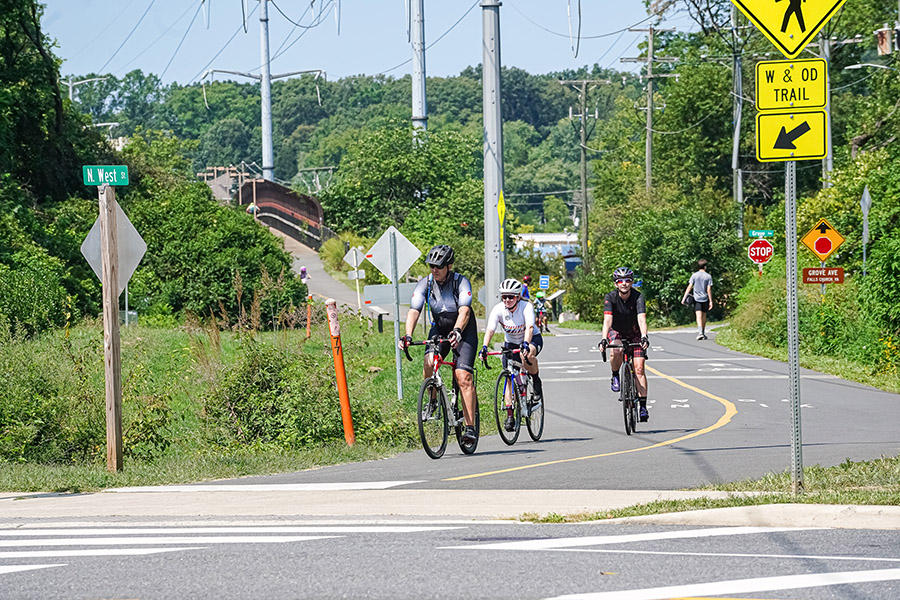
As we continue to track the policy reforms we advocated for—including plugging the leaky bucket of transfers out of the program, match assistance and technical assistance opportunities for high-needs communities, and more opportunities for connectivity—we are observing that the second year of BIL implementation shows somewhat stronger performance by states in program implementation.
Slightly more funds are being obligated even as allocations rose. Matching funds are one of the most cited barriers to successfully accessing federal funds for active transportation projects, especially for resource-constrained communities. Improvements in equitable access to funds have come in some states that have provided statewide sources of funds to meet match requirements. In addition, project-award size is notably increasing, with many states raising the ceiling on maximum awards and increasing the average grant size across the board. Finally, BIL makes it more difficult to transfer funds away from the program. As a result, transfers have been significantly reduced, ensuring that fewer funds are diverted from their intended use.
With more states embracing impactful policy changes, we are seeing communities of all sizes across diverse geographies benefiting from the transformative power of these investments. As we look forward, we are closely monitoring transfers. BIL requires states to provide technical assistance and conduct a competitive process before transferring funds out of the program. We observed that five states did transfer funds out last year, which diverts these funds away from their intended use. We know that demand far exceeds available resources. We continue to advocate for strong program implementation, with technical assistance offered to have successful applications and ensure all available funding is used for its intended purpose.
TrADE
RTC operates the Transportation Alternatives Data Exchange (TrADE), which helps stakeholders at the federal, state and local levels understand and make effective use of the Transportation Alternatives Set-Aside (TASA) program. TASA provides funding from the federal government for projects that expand travel choices, strengthen local economies, improve quality of life and protect the environment.
Eligible projects include most activities historically funded as “Transportation Enhancements” (TE), the Recreational Trails Program (RTP) and the Safe Routes to School (SRTS) program. Since 1996, RTC’s analysis of Transportation Alternatives and reporting has provided transparency, promoted best practices, and ensured citizens, professionals and policymakers have access to information and funding data.

Donate
Everyone deserves access to safe ways to walk, bike, and be active outdoors.

